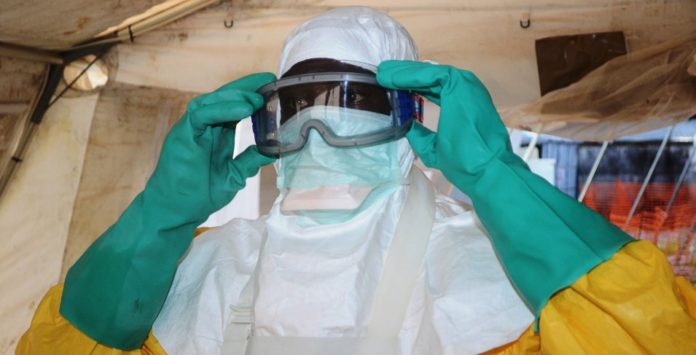
As many as 500,000 people could be infected with Ebola virus disease by the end of January, according to the U.S. Centers for Disease Control and Prevention in Atlanta.
The CDC estimate, due to be released this week, is based on “dynamic modeling” and assumes control efforts to help battle the disease will remain stable, a person familiar with the report told the Washington Post.
Infectious-disease experts, aid workers and global health advocates said the number of Ebola cases is increasing much more rapidly than the World Health Organization (WHO) had projected, especially in Guinea, Liberia and Sierra Leone, collectively the West African epicenter of the outbreak.
Furthermore, experts say villagers are complicating containment efforts, with police reporting that health-care workers in Sierra Leone came under attack this weekend while trying to bury victims. Earlier this week, 8 health care workers were killed by a group of enraged villagers who had grown suspicious of the workers’ intentions.
United Nations officials say now that the outbreak has moved from rural to urban areas, the number of cases is doubling every three weeks. Ebola is spread person-to-person through bodily fluids, making family members and health care workers the most vulnerable.
“One of the scary things about this outbreak is that all the general models of the past have been broken,” John Connor, associate professor of microbiology at Boston University School of Medicine and investigator at the university’s National Emerging Infectious Diseases Laboratories, told the Post. “I’m really worried that no one has a handle on everything that’s happened. Do we know all the places where there’s been virus present?”
The WHO estimates at least 5,357 people have been infected so far, 2,630 of whom have died, but officials say those numbers largely underestimate the problem. The disease has been detected in Nigeria and Senegal, as well as the hardest-hit countries.
And the outbreak shows no signs of slowing down any time soon: recent analyses demonstrate a startling rise in the rate of Ebola transmission, with every new (primary) case leading to more than two secondary cases. In the hardest-hit countries, “an exponentially rising caseload threatens to push governments to the brink of state failure,” warned World Health Organization Director General Margaret Chan.
Laurie Garrett of the Council on Foreign Relations estimates there probably will be 250,000 cases by Christmas without additional intervention, a figure that is consistent with recent disease model predictions.
Other have predicted more dire outcomes. Just last week, Dr. Daniel Lucey, an infectious disease specialist who recently spent three weeks assessing the situation in Ebola-stricken Sierra Leone, voiced his concern that current infection control measures are not sufficient for stopping an outbreak of this magnitude. Without vaccines or effective treatments for Ebola, “I’m not confident we will be able to stop it,” Dr. Lucey said.
While there are a few studies of Ebola treatments and prevention methods under way, more research is needed to show whether they are safe and effective against the disease.
Meanwhile, the international community is beginning to step up the response to West Africa’s crisis. Last week, U.S. President Barack Obama announced plans to send U.S. troops to the region and commit as much as $1 billion to fight Ebola, calling the disease a serious security threat.
